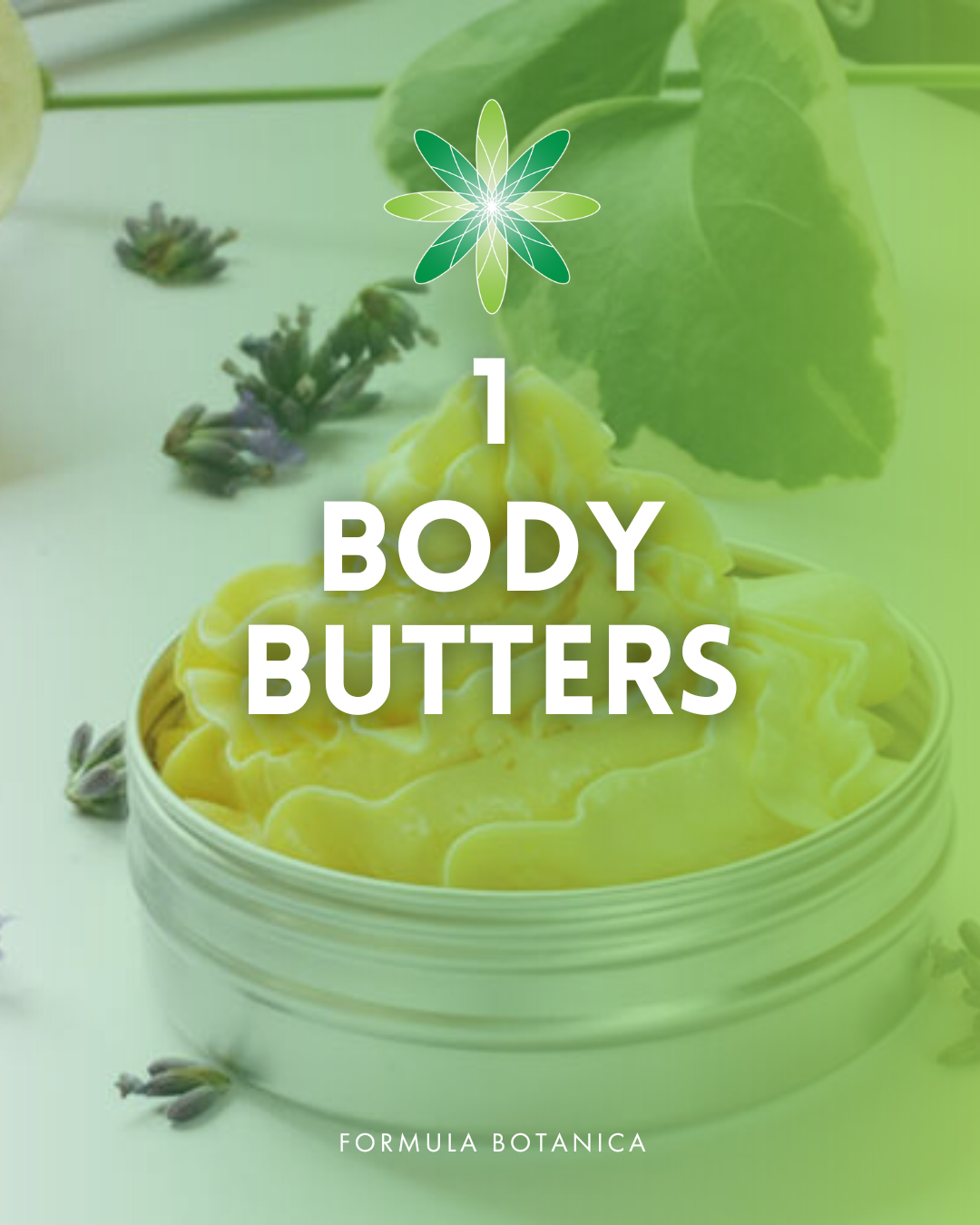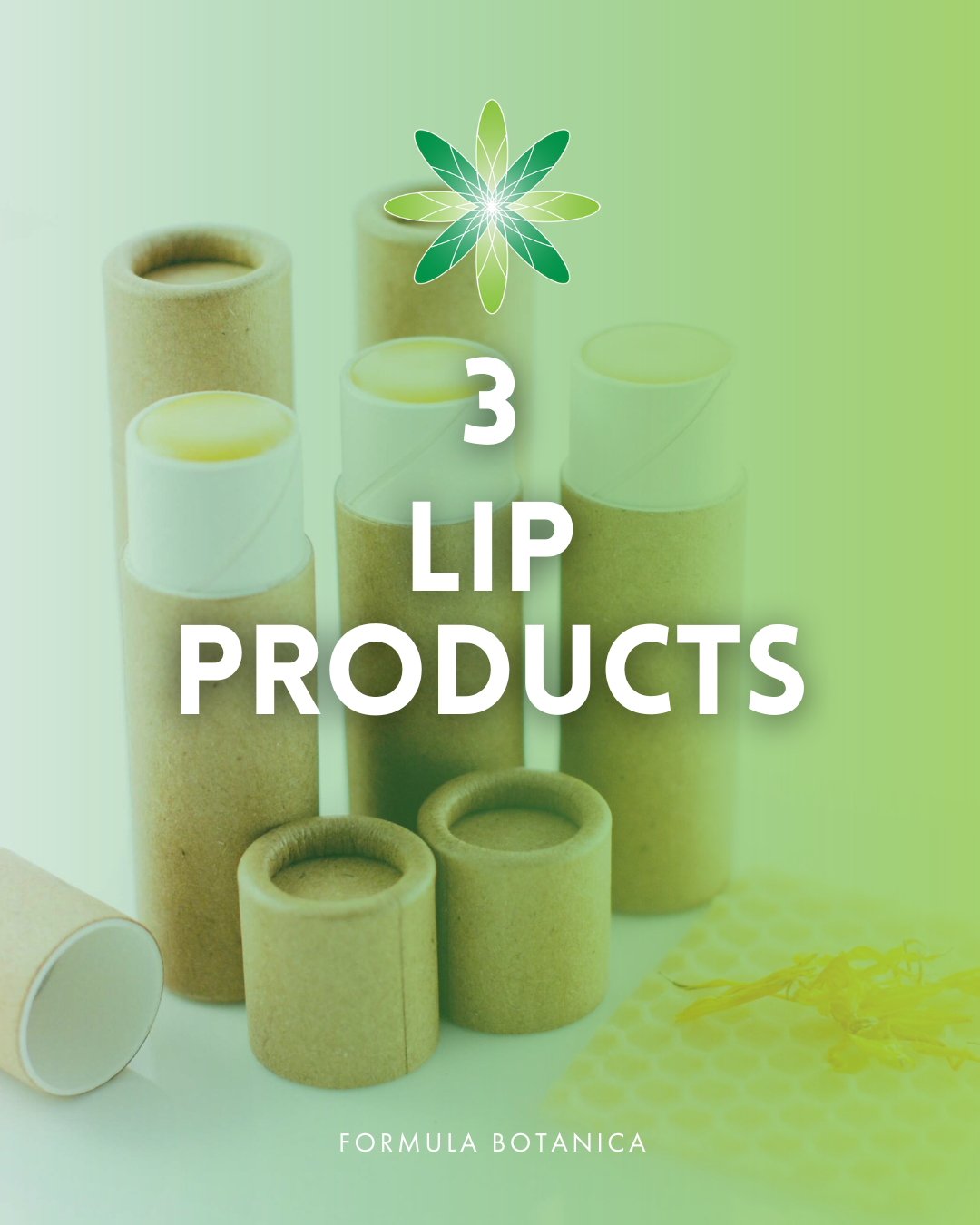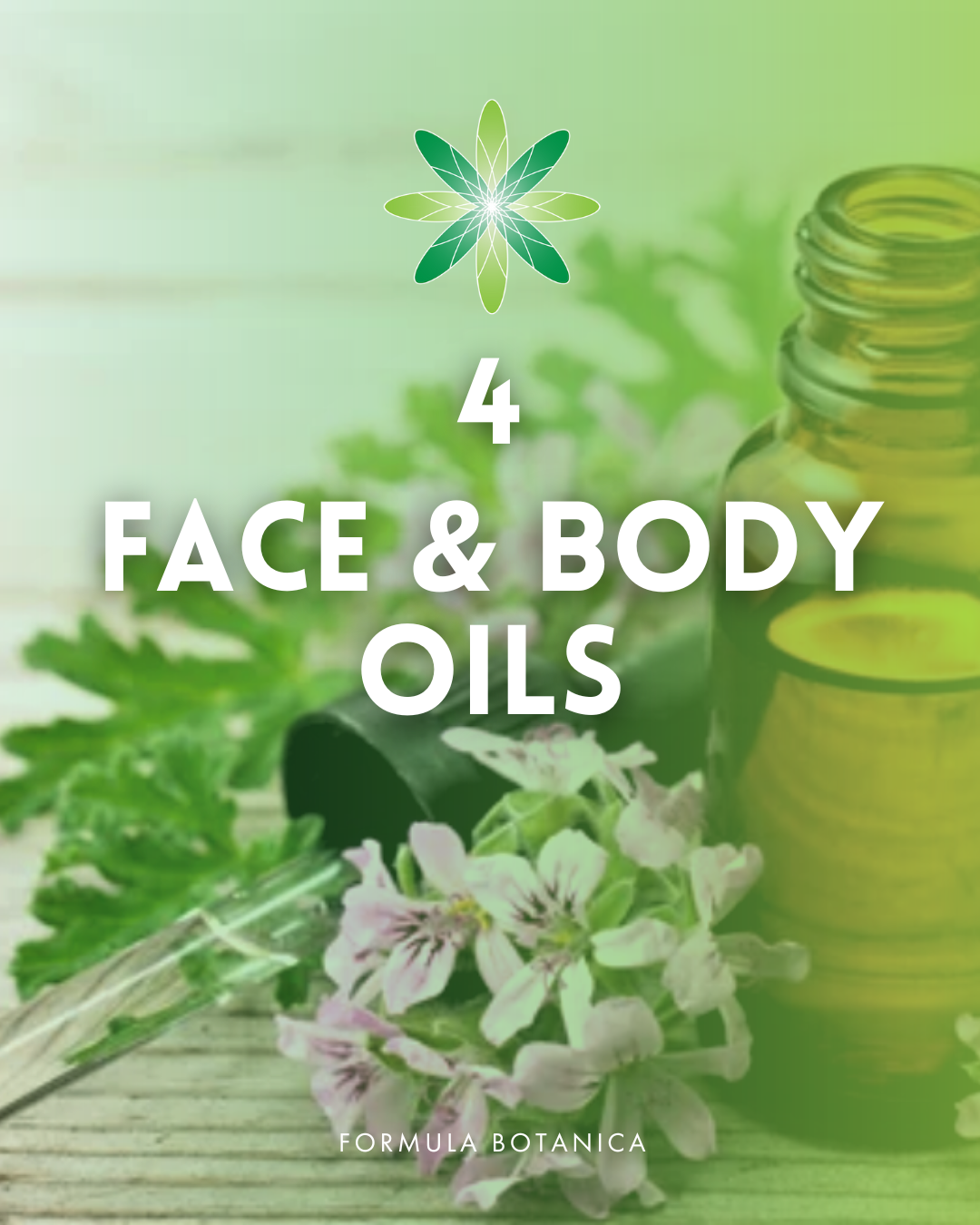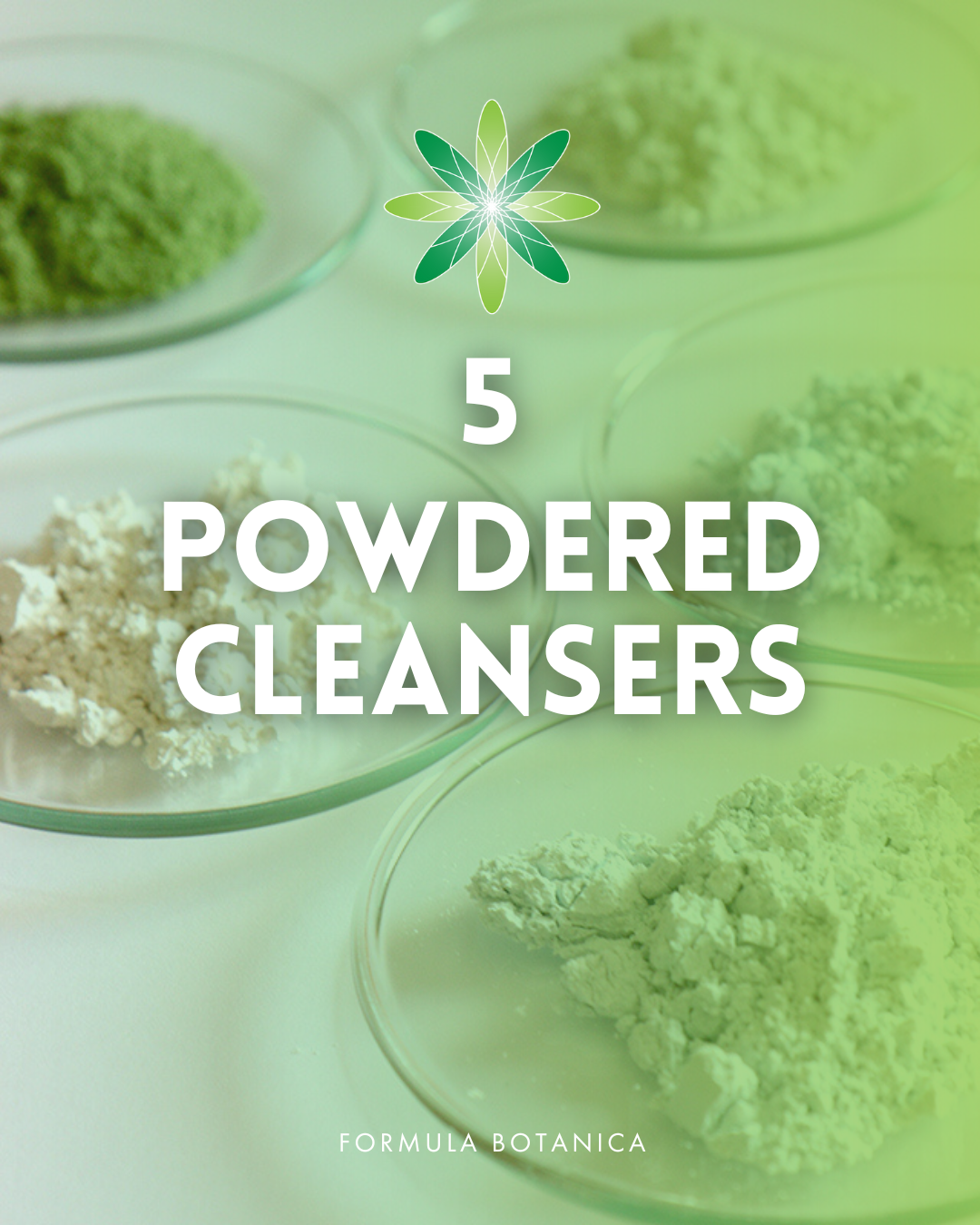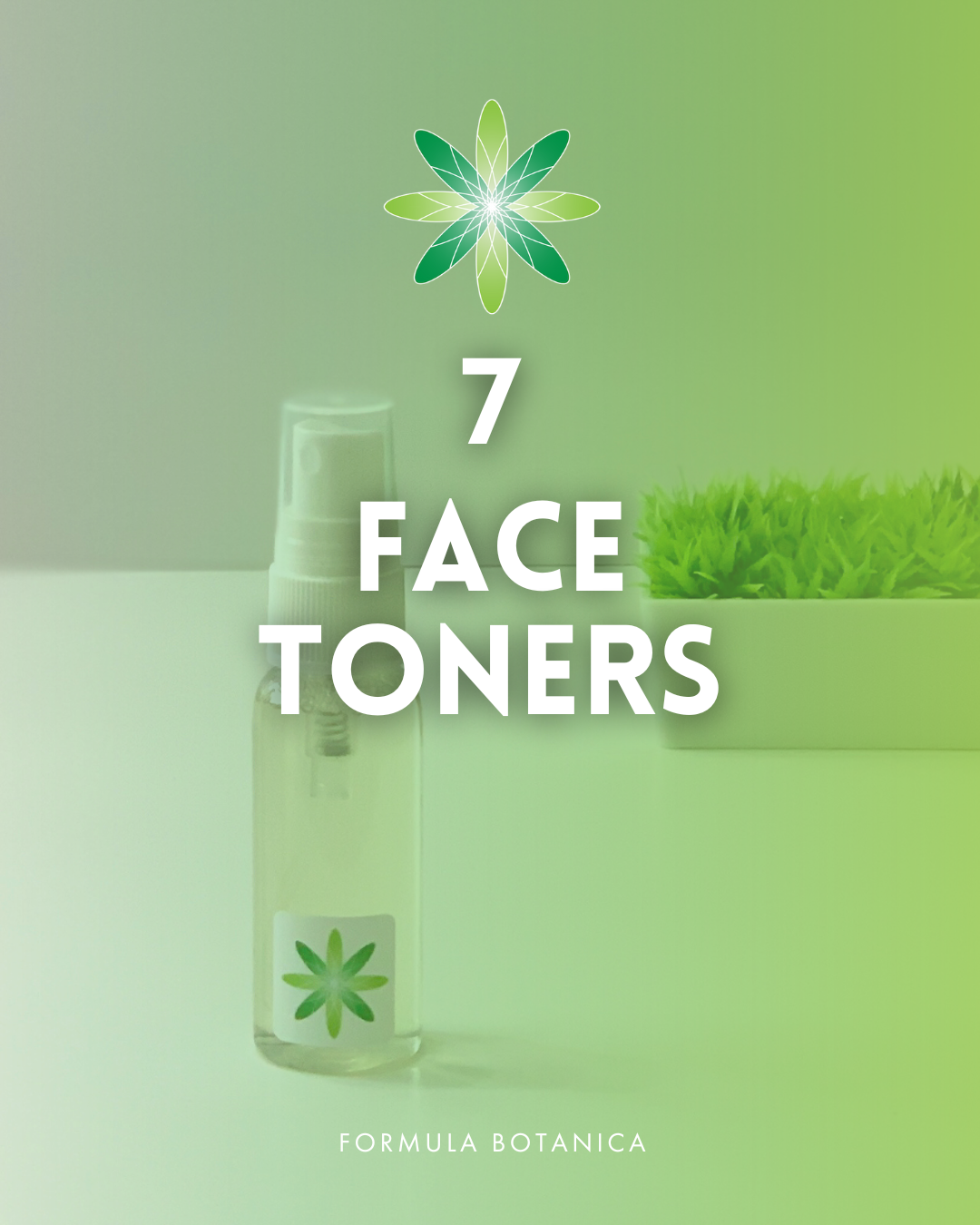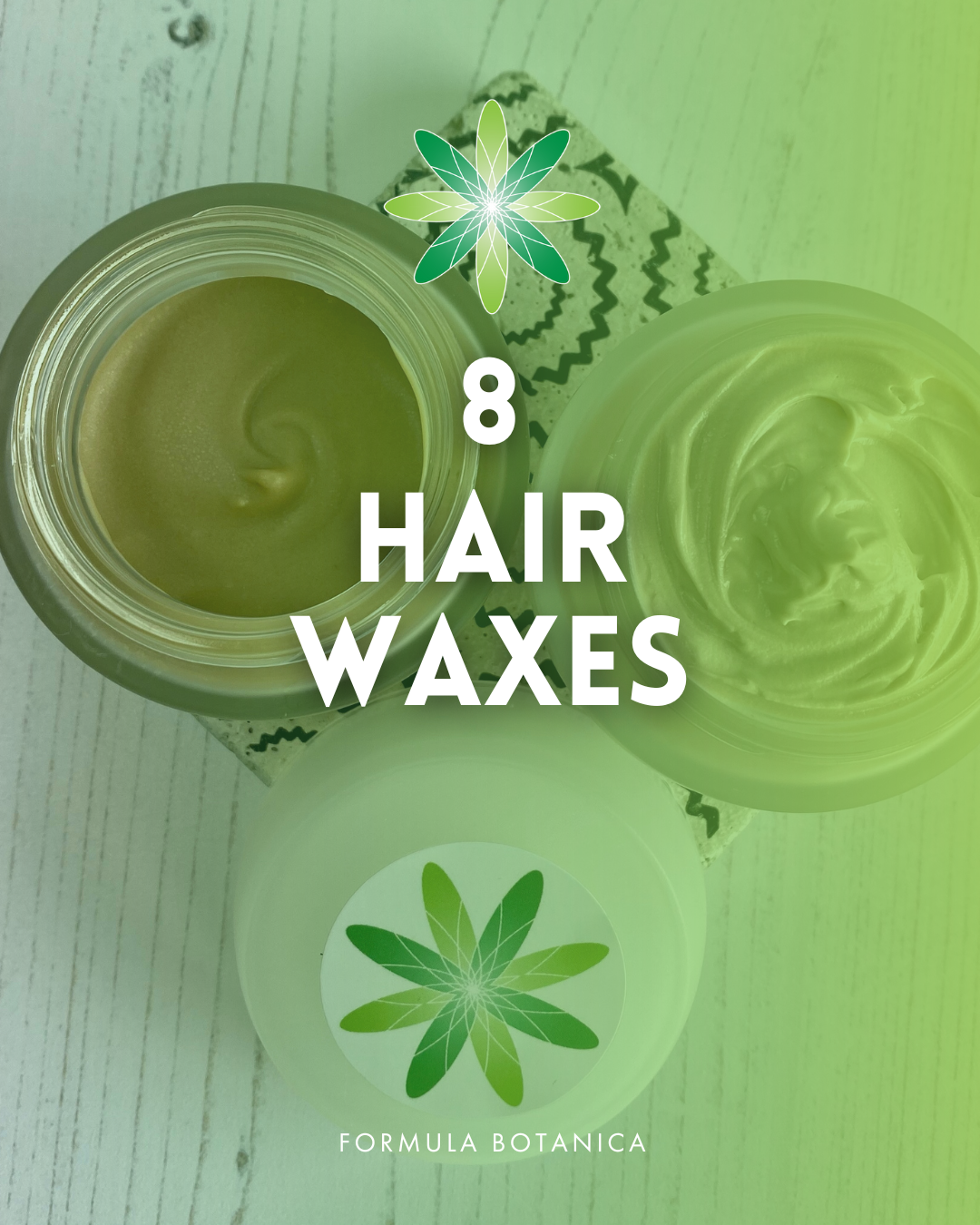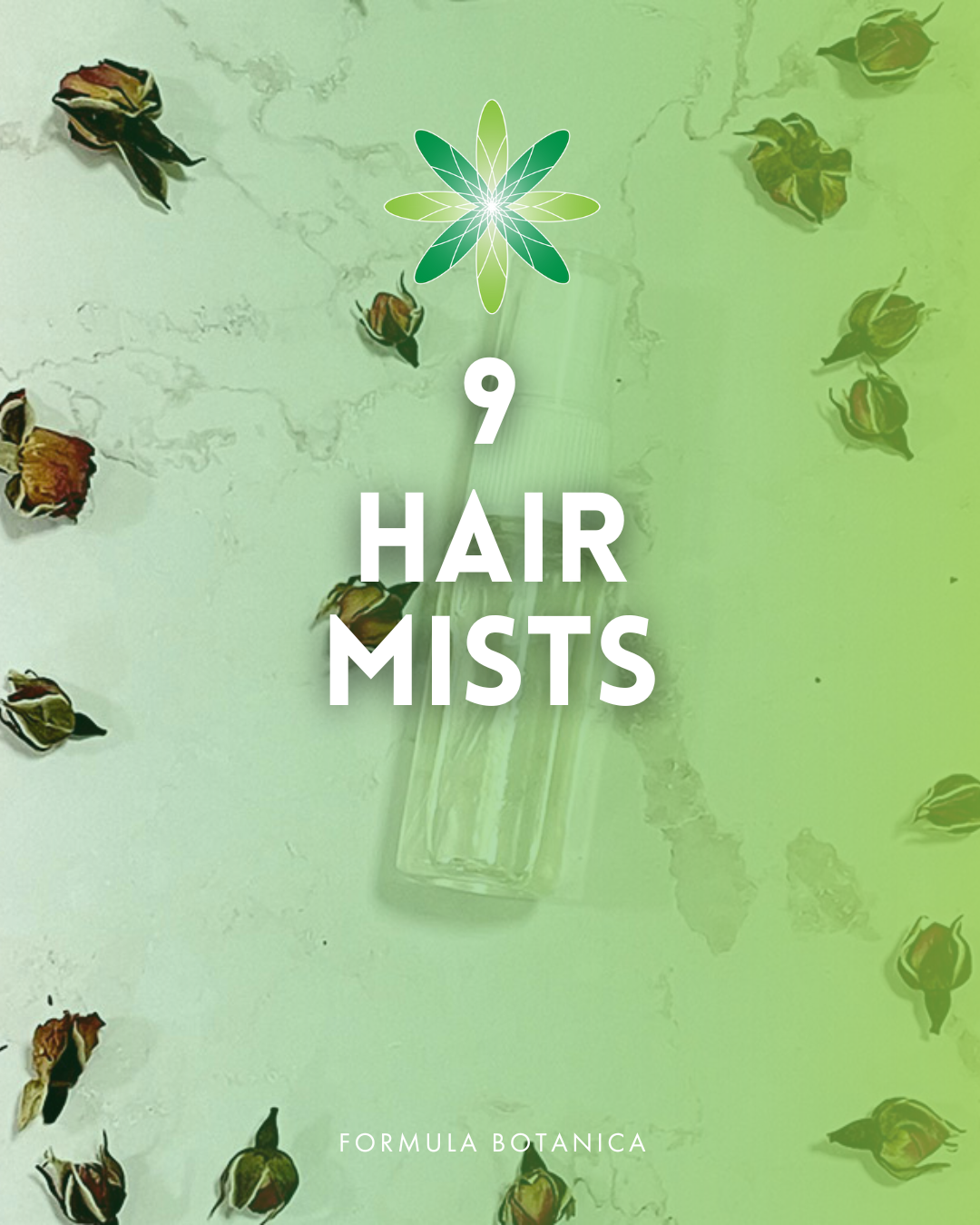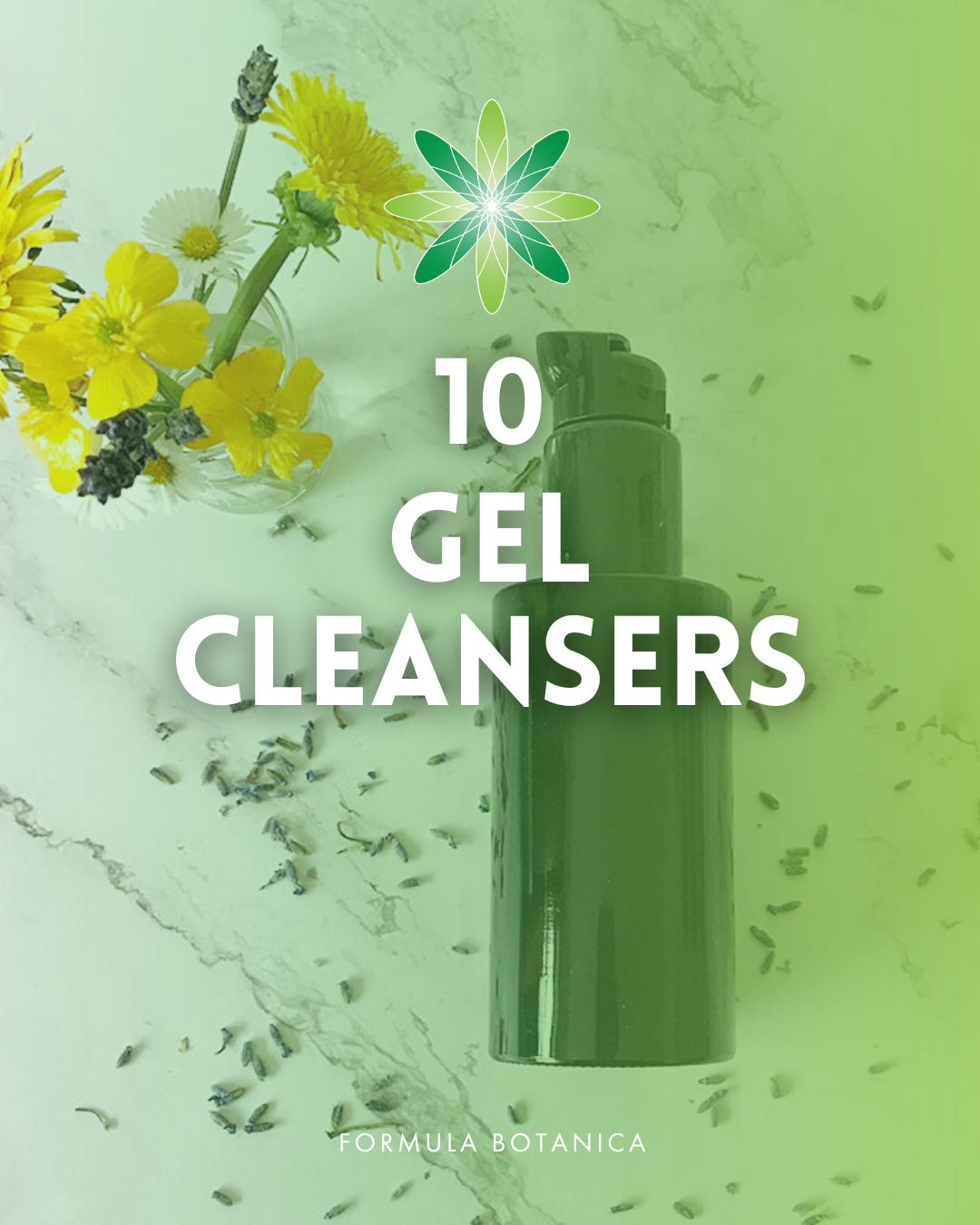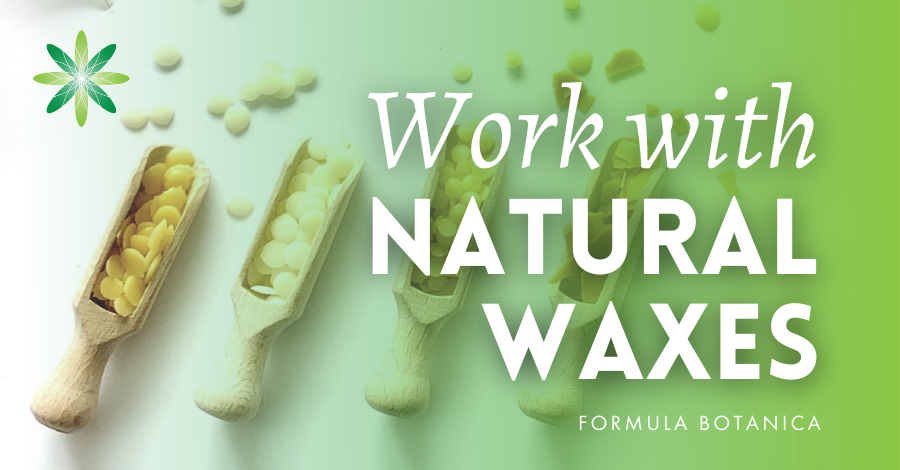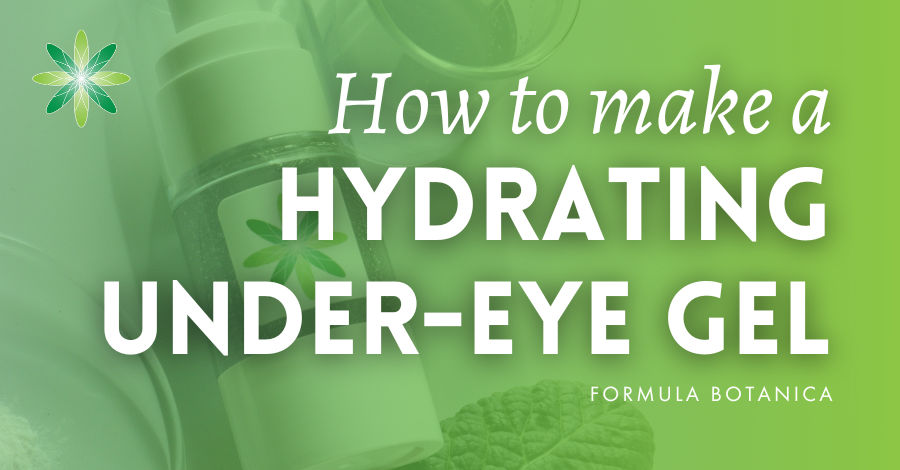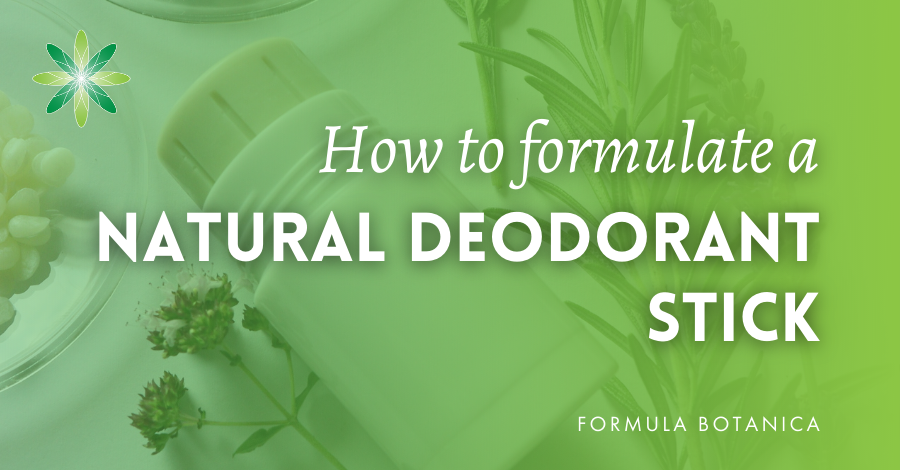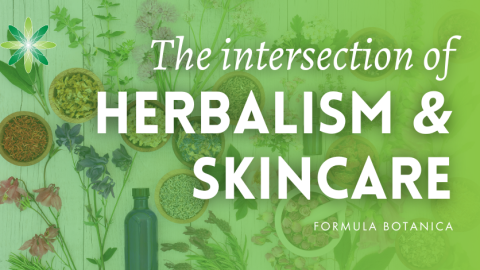Updated: 15.04.25
There has never been a better time to start making your own beauty products at home. Whether you want to be a more conscious consumer, save some money, enjoy a fun and creative hobby, become more self-sufficient, or take full control of what you apply to your skin, making your own products is the way forward.
If you’ve ever thought about making your own skincare or haircare, our article on 8 reasons to make your own skincare even if there’s plenty to buy will give you the confidence to get started. And, in today’s post, we’re making it even easier by sharing the 10 best beauty products you can make at home – with no experience needed!
Make your own beauty products and transform your life
Many of today’s beauty giants trace their origins back to a single passionate entrepreneur mixing ingredients in their kitchen or a makeshift home lab. Visionaries like Elizabeth Arden, Helena Rubinstein, and Estée Lauder built global and iconic empires – but their journeys began with nothing more than a fascination with beauty products and a desire to create something of their own.
Find out more about these incredible women below:
Beauty entrepreneurs: Four women pioneers of the past
The history of botanical cosmetic formulation
Podcast 251: From kitchen formulator to global icon – The story of Elizabeth Arden
Podcast 252: Lessons for indie beauty entrepreneurs from Elizabeth Arden’s legacy
But you don’t have to launch a beauty empire to enjoy the benefits of creating your own products. Whether you want to become more self-sufficient, craft personalised gifts for loved ones, sell your creations at local markets, or simply learn something new, formulating is a great, empowering skill to have.
Making your own beauty products is not only fun and empowering, it’s also easy, and anyone can do it. In fact, you don’t need to be a chemist to formulate and we have taught tens of thousands of students how to formulate safe and effective skincare from the comfort of their home.
If you would also like to learn how to formulate and become a certified formulator, check out our award-winning Diploma in Organic Skincare Formulation.
View this post on Instagram
Our 10 homemade beauty product ideas:
To help you get started in your formulation journey, we’ve compiled a list of simple, fun, and cost-effective beauty product ideas in this post. These products:
- Help you get started quickly
- Are cheap to make and don’t require any expensive or hard-to-find ingredients
- Only require equipment you already have at home
- Are fun to make and amazing to use
- Help you gain confidence by learning some basic formulation skills
- Contain just a few ingredients and can be multi-use – in line with the ‘skinimalism‘ trend of less is more
- Help you along your path to being a more conscious beauty consumer and natural formulator
What beauty products are easy to make yourself?
Creating your own beauty products is a satisfying and rewarding experience. Our list covers some of the most enjoyable, practical and fun beauty products to make at home. Most are anhydrous, which means they are oil-based and don’t contain any water or water-based ingredients, and therefore generally do not require a preservative. These are typically the first products you learn how to formulate.
The world of botanical oils, butters and waxes is both diverse and fascinating, and there is plenty to research in this sector alone. Many of our graduates have gone on to launch their artisan brands with a single hero product made of simple oils and formulated to address specific skin concerns.
In our online classroom, we once asked if our students preferred ‘whipped’ or ‘unwhipped’ body butters and were amazed at the hundreds of responses we received. This demonstrated just how popular anhydrous formulations are, even as some of the very first beauty products people make at home.
To start building your small stock of useful and multipurpose botanical oils, check out these handy posts:
Top 10 botanical oils every formulator needs
Only a few of the formulations we suggest below are water-based and require a broad-spectrum preservative. To make safe water-based products, even if for home use only, you need to understand the topic of preservation and why and how to test and adjust pH. No need to worry: we teach all of this and more in our award-winning Diploma in Organic Skincare Formulation.
10 best beauty products to make at home
Here are the 10 best beauty products to make at home when you first start formulating! As you progress in your formulation skills, you will be able to make more advanced formulations, like emulsions and gels.
1. Homemade body butter
The first product you should make at home is a body butter. Apart from being super easy to make, it is a beauty product that’s loved by all ages and used by almost everyone. Start with a simple, framework formulation and adapt it to suit the ingredients you can find easily.
The trick to success lies in balancing the oils, butters and waxes (if using the latter), to ensure you attain the desired viscosity and hold. Whipping a body butter takes a bit more effort as you need to repeat chill and whip the formulation, but the outcome is a gorgeously light, velvety product.
A body butter needs only around 5-6 ingredients, so it checks the boxes as one of the most affordable skincare products to make too! Here are some helpful links and ideas to get you started:
Your first botanical formulation: a simple body butter
How to make a body butter with 7 ingredients
How to make a tuberose and rose whipped body butter
The formulator’s guide to creating balms and butters in hot climates
2. Face, hand and body balms
Body balms are also great first skincare products to make at home. There are some subtle, but important differences between a butter and a balm. Both are anhydrous (oil-based) and can use any combination of botanical oils, butters and waxes, but the percentages of those ingredients vary to give the butter or balm the desired consistency and feel.
A balm is a firm-set product with a slightly translucent look that melts instantly when in contact with the skin. A body butter is softer and less oily, and has a fluffier feel, even if not whipped. Balms typically use harder butters like cocoa butter and waxes, while body butters are unlikely to include any waxes.
The Formula Botanica community loves making balms as you can create infinite combinations of gorgeous, cold-pressed botanical oils and extracts. Sea buckthorn oil is a particular favourite as it imparts a deep yellow-red hue to any balm even if used in small quantities.
You can explore different botanical oils and macerates when making a balm and adjust the type and percentages of oils and butters to create a balm for the body, face or hands. We’ve seen many of our graduates launch their beauty brands based on a range of simple balms. Here are some of our community’s favourite balm formulations to get you started:
Why a balm stick should be the next skincare product you make
How to make a simple unscented balm
How to make a nourishing hand balm
How to make a natural cleansing balm
3. Lip balms, serums and scrubs
Everyone needs a lip balm in their life. Lip care beauty products make nice pocket-sized gifts for friends and family and are convenient to take out and about with you to help protect lips when on the move. It’s also a firm favourite of our CEO, Lorraine, who always keeps a lip balm close by!
When making a lip balm, it’s important to consider the formula. If you’re aiming for a solid balm, you’ll need a higher amount of wax to give the product structure, especially if you’re making a stick. Your packaging choice will also help determine the perfect formula.
If you want to add colour to your lip balm, you can use natural colourants like botanical oils or botanical pigments. Keep in mind that if you want to add essential oils to your lip products, you need to research the specific dermal limits for lip use before adding them to your formula.
You could also make a lip scrub, which is great for keeping your lips in top shape and removing any dry, stringy bits that occur when your lips have dried out or chapped. Select ingredients with gentle exfoliating properties as the skin on our lips is wafer-thin (it only has 5 layers!).
Or why not try a lip serum? To create a serum, choose botanical oils that offer a light, nourishing, moisturising film along with other properties such as antioxidants that can benefit the lips overnight when you rest.
Easy 10-minute lip balm formulation
How to make an Amazonian Lip Balm
How to formulate a berry-tinted lip balm
How to make a whipped lip scrub
How to formulate an indulgent lip serum
4. Face and body oils
Face oils are among the best, simple homemade skincare products as they are one-pot, cold-blend formulations (meaning they don’t require any heat). These are generally made with botanical oils such as grapeseed, rosehip and sunflower as well as liquid waxes like jojoba, but can include some oil-soluble extracts, like vitamin E, which is an antioxidant.
Using a face oil is down to personal preference. Face oils don’t need to feel greasy or heavy on the skin. They can be formulated with fast-drying, quick-absorbing and light skin-feel oils and for use on a variety of skin types and issues. Even acne-prone skin can benefit from certain oil formulations.
Face oils can also double up as cleansers, removing oil-soluble dirt and grime. Not convinced? Check out this post about the wonderful benefits of botanical oils:
You can also take a look at point 10 in our list of 10 myths of natural formulation to debunk in which we cover the notion of a comedogenic table of botanical oils and the idea that botanical oils are bad for acne- or oily-prone skin.
The complexity of formulating a face oil lies in deciding which oils to combine and why. You need to think about who will be using the face oil and what their skincare needs are. A face oil for mature skin and designed to be used overnight can be richer and more viscous than one tailored to daytime use and under make-up. Research the profile of your chosen oils to see what fatty acids and other components they contain like phytosterols and unsaponifiables. Here are some easy yet luxurious formulations to get you started:
How to formulate a simple face oil with African oils
How to make a night-time facial oil for mature skin
How to formulate a restoring Vitamin C face serum
If you would like to learn more about botanical oils, you can check out our exclusive membership site, The Lab at Formula Botanica, and explore our dedicated Mini Lab on botanical oils.
5. Powdered face cleansers
Dry, powdered formulations that you can activate with water or hydrosols are trending beauty products. Along with solid formulations, powdered cleansers can be more economical to package. As with face oils, powdered formulations are simple blends although there are some important things to consider when making them.
To create a powdered face cleanser, you need to mix the selected powders together according to the amounts used, starting with the smallest percentages first and adding the largest last, to ensure all ingredients are evenly combined. You should also wear suitable face protection to prevent inhaling powder particles and you need to learn how to incorporate small amounts of essential oils thoroughly if adding them for scent or other benefits.
Dry formulations like powdered face cleansers need to be packaged in moisture-proof containers as ingredients like clays could become contaminated by microbial growth if in contact with wet fingers, moisture or humidity.
The beauty of a face cleansing powder is that it can be tailored to suit your skin type and needs with additives like peptides and marine extracts and formulated to create powder-to-foam formulations when activated. Here are some easy powder formulations to get you started and inspire you to create your own:
How to formulate a face cleansing powder
If you’d like to learn more about formulating with powders, check out our powder Mini Lab on our exclusive membership site, The Lab at Formula Botanica.
6. Activated face mask
Similar to the powdered cleansers above, an activated face mask is a dry formulation that you activate with water or hydrosols, and apply with a brush or your fingers, according to preference and budget.
Activated masks are meant to be used once to twice a week and to be left on for a little longer to work their magic, though not so that the mask dries out and could pull the skin.
Have fun deciding which dried, powdered ingredients to include. Our formulation below is for an activated charcoal mask, but dried marine ingredients would be another fun theme to try. Superfruit powders are also a fun option that offers colour and all kinds of benefits like antioxidants. You could also try herb powders like moringa, nettle and chamomile. As you can see there are limitless possibilities!
7. Face toner
Face toners are staple products in most commercial cosmetic ranges and show no sign of disappearing despite the rise of micellar waters. So why are toners still so popular?
We think it’s mostly due to their multi-functional use. A face toner can cleanse the skin of residual makeup, give the face a quick freshen-up, tone the skin to improve its feel and also help balance the skin’s pH. In hot weather, a splash of toner when out and about can do wonders to freshen up the face.
Toners often feature beautifully-scented hydrosols, like the florals rose, jasmine and orange blossom as well as fresh scents of neroli, lemon balm and green tea. Hydrosols will include plant sterols and offer skin benefits over and above providing scent alone.
As water-based products, they do need preserving, but on the plus side, they can include a range of water-soluble, star ingredients such as microbiome-friendly prebiotics or moisturising agents like allantoin. Again, the fun part of making a toner is choosing the actives and scents to suit your chosen theme. Here’s a simple formula to get you started:
8. Hair styling wax
The pandemic turned many of us into DIY hair stylists, so why not take the next step and create your own natural haircare products? Everyone has at least one hair styling product in their bathroom cabinet and a styling wax is one of the most versatile, all-purpose options for quick-fix styling. Plus, hair waxes are a favourite with both men and women, and make a great gift (if you manage to part with it!).
Hair styling waxes are formulated much like body butters, but with a higher concentration of wax to ensure it gives hold to the hair. For the best results, opt for harder butters and waxes with higher melting points, such as cocoa butter, which provide nourishment and protection to the hair.
Additionally, consider incorporating natural alternatives to silicones, which are now available on the market, to give your wax extra shine and smoothness. We cover natural silicone alternatives in our membership site, the Lab at Formula Botanica.
After all, the beauty of making your own natural, organic haircare products is the chance to avoid synthetic fillers often found in mainstream styling products. Here’s a formula you can recreate, enriched with luxurious African oils and butters:
9. Hair mist
At number nine in our list of easy, beauty products to make at home is a relative newcomer cosmetic – the hair mist. You can think of the hair mist as being a toner for hair as it has similar, multi-use applications.
A hair mist refreshes the hair between shampoos by adding a light fragrance and styling capabilities and can help protect and nourish the hair shafts.
Depending on which ingredients you use, a hair mist can help protect against the damaging and drying effects of UV rays and wind. It can be fully water-based and therefore can be used to carry interesting water-soluble active ingredients like humectants, including various amino acids that can give shine, as well as help moisture to penetrate the hair shaft. Here’s how to make your own hair mist, which you can easily customise:
You might also enjoy this post:
Lastly, if you would like to learn how to make your own haircare, check out our Diploma in Organic Haircare Formulation, which teaches you how to create a professional range of organic and natural haircare products.
10. Gel face cleanser
Last but certainly not least, gels and oleogels are very on trend right now and are some of the most exciting DIY skincare products you can make at home on account of the colours you can create and their delightful skin feel.
Oleogels in particular are very popular as they lather into a gorgeous cleansing milk once in contact with a little water and massaged lightly. This makes their application a highly sensory and satisfactory experience. Here’s how you can make an oleogel yourself:
You can also check out our very popular oleogel Mini Lab on our membership site for formulators, the Lab at Formula Botanica.
Prefer to experiment with gels? These introduce you to formulating with natural gums, which can be tricky, but in the formulation below we use a proprietary gum blend which makes life easier in creating the right viscosity and skin feel for the finished product:
Again, as with all the beauty product formulations we suggest here, experiment by swapping the hydrosols and high-performance ingredients to make a bespoke product for your needs. We used wildflower extracts in our gel cleanser, but marine ingredients, or the inclusion of superfruit or herbal glycerites, would be ideal too.
Don’t be afraid to experiment! That’s what will transform you into a formulator.
The next step in your formulation journey
We hope you enjoyed this post! If you did, please leave us a comment below and let us know which product you will be making first! We’d love to hear from you.
As you’ve seen, making your own beauty products at home is not only fun, easy, and empowering but also an excellent way to take control of what goes on your skin, learn new skills, and transform your life.
With just a few simple ingredients and a bit of practice, you can easily create skincare and haircare products tailored to your needs. Plus, as you learn and grow in your formulation journey, you can create more complex products and even start your own beauty brand, if that’s what you desire.
If you’re ready to become a formulator instead of a DIY recipe follower, our free training course is the perfect place to start. Register now to access our free training and get ready to change your life forever!
FREE TRAINING
Learn how to become an
Organic Skincare Formulator
FREE TRAINING
How to become an
Organic Skincare Entrepreneur
FREE TRAINING
How to become an
Organic Skincare Entrepreneur
Leave us a comment

Liz was Formula Botanica’s Content Coordinator between August 2020-2024. Liz worked as a professional blogger, journalist and site developer for many years and was also part of the Formula Botanica student community. Read more about the Formula Botanica Team.


